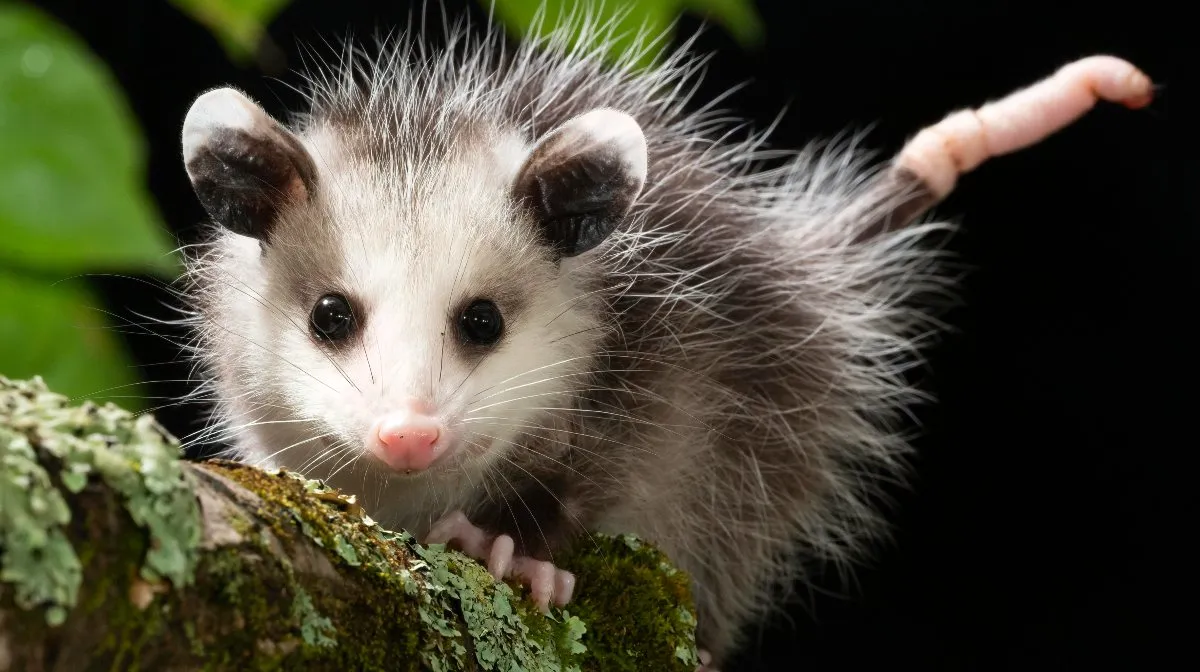Introduction
The tñacuache is familiar to the English-speaking world by the name opossum. It is a marsupial found in the Americas. These are some of the most fascinating and yet the most neglected and misunderstood mammals that are so important for the existence of an ecological equilibrium in our world. Tñacuaches are everywhere and even though they look like rats, and may at times be aggressive or harmful to man, they benefit the environment by consuming pests, and seeds and contributing to the general healthy balance. This article focuses on the tñacuache regarding its background, and appearance. And meaning in the context of the ecosystem, as well as the misconceptions of the creature.
Origins and Classification
Tñacuache comes under the Didelphidae family which makes up more than one hundred species of opossum. These are among the oldest of mammals and are believed to have first appear on the earth 70 million years ago. The four species found in North America include. The Virginia opossum (Didelphis virginiana) is the most famous type. Of the two, tñacuache derives from the Nahuatl word that has the meaning of “white animal”, whereby white refers to the animal’s facial coloration.
Physical Characteristics
Tñacuaches have a long, grasping tail, hand-like opposable thumbs, and canines that are long and pointed. They have distinctive coloration, which includes a white face, grayish body fur. And a long tail that lacks fur. It is characteristic that they can be of relatively small size, some of them are even comparable to the size of an ordinary cat. They are great nocturnal hunters and scavengers because of their well-developed sense of smell further enhanced by their ability to see at night.
Behavior and Lifestyle
Like most members of the family, tñacuaches are predominantly nocturnal, thus they are most active during the night. It is a solitary animal and during the mating season, it hunts alone apart from paired breeding. They feed on fruits, insects. And small mammals. And carrion because they are consider omnivores. They feed on varied diets and they help in regulating insect populations and dead animals hence improving the hygiene and health of their environment.
Reproductive Habits
Tñacuaches are indeed marsupials they are those animals that will gestate and lactate the young in a pouch. They are born almost full term taking only about 12-13 days in utero and at birth. They are relatively underdevelop. Crawling into the pouch to further develop. A woman may bear many children, but many of the children do not get the chance to grow up.
Defense Mechanisms
“Playing dead” is one of the documented behaviors of this tñacuache: when threatened, a tñacuache may stay in a state of catalepsy, which can range from several minutes to several hours. It is an unconscious movement to escape the notice of predators hunting animals with the ability to move. In addition, they can also release a stinking oily matter from the rectal glands to deter the aggressors.
Habitat and Distribution
Tñacuaches. Are generalists that can be found in forests. The grasslands as well as in urban habitats. They are climbers and do a lot of climbing, they mostly retire to trees or any left-over burrow. They are also quite lenient and thus can live in areas that are most influenced by human activities and they feed on leftovers found in suburban and urban areas.
Role in the Ecosystem
Tñacuache serves as an organism that is beneficial to the ecology of the environment. They also assist in maintaining the hygiene standard of their surroundings by feeding on carcasses of animals and other deteriorating substances found in the ecosystem. They also help in managing pest infestations of insects and rodents in particular within the societies. In addition, many of them feed on seeds. And through their droppings they aid in seed germination and hence, forest regeneration.
Misconceptions and Myths
Although they have a positive impact, tñacuaches are usually perceived in the wrong way. Some of them include: thinking that they are unclean, are inclined to violence. They are, like, neat animals, which do not scruff up on themselves very often, choosing grooming, instead. They are also mainly herbivores and as such do not attack any individual, but they will defend themselves at all costs, especially when threatened.
Health and Diseases
Tñacuaches seem to be more resistant to rabies than other mammals largely, perhaps, because of their lower body temperature which may slow down the virus. Nevertheless, they are capable of transmitting other illnesses, including the diseases that are covered under the generic term of ‘the poisons of the sea’, namely leptospirosis and toxoplasmosis. Which is why one should exercise caution when it comes to them.
Conservation Status
It may come as quite a surprise to learn that, except a few specific tñacuaches, these little critters are not considered to be in any sort of endangerment at the present moment because they are excellent at reproducing. But habitat destruction and road mortality are the two biggest threats to these species. Measures that are taken regard to maintaining the existing natural habitation of the species and minimizing the contact between the locals and the wild creatures.
Cultural Significance
Tñacuaches hold symbolic meanings in various cultures and appear in folklore and mythology. In some indigenous cultures of the Americas. They are seen as tricksters or clever survivors, embodying resilience and adaptability. Understanding these cultural perspectives can enhance our appreciation of these unique creatures.
Adaptation to Urban Environments
Tñacuaches easily integrate into urban settings and therefore have proven to be resilient. They use people’s structures for housing and feed on available resources on the premises. This flexibility shows how adaptable they are and why there has to be better management of human interference to prevent clashes with animals.
Ethical Wildlife Management
For efficient wildlife management. It is important that effective measures should be taken into consideration including humane treatment of tñacuaches. This is through consideration of methods used in the management and disthreading of Nuisance animals and their natural habitats. The cross-overs have social implications that must be kept in mind for preserving the weak strength of the force governing the conservation of disparities and proportionate ecological balance.
Future Research Directions
Consequently, possible future studies of tñacuaches could encompass issues as to their functions in the community. And behavior in reaction to alterations in the environment. And relations with other inhabitants of the area. The general concept for the protection of these species is that with growth in technology and methodology, there will be a better understanding of the two as well as how to conserve them.
Also Read: Gay Street and Cumberland River
Conclusion
The tñacuache is an extraordinary animal that has a very important function within the Americas’ ecosystems. Still. Those versatile beings can be encountered in different regions and they always deal with numerous problems. Should this be factored into our end making people embrace their value in the ecological system we can promote their conservation and promote harmony with them in the future.
FAQs
1. What is a tñacuache?
A tñacuache is also known as an opossum; it is a marsupial belonging to the Americas. It also helps in the regulation of pests as well as decomposing waste in ecosystems.
2. Tñacuaches Then, the question remains: why are those tñacuaches important to the environment?
Tñacuaches also contribute in the management of pests such as insects and rodents, and act as scavengers of dead animals while also acting as seed dispersers.
3. Are tñacuaches a threat to human beings?
Tñacuaches are virtually harmless or pose no threat to humans. People of this type are passive and do not like to confront. Nevertheless, they can be a transmitter of diseases, hence they should be dealt with appropriately.
4. What measures do tñacuaches take to fend off their predators?
Tñacuaches have several forms of protection: one of them is to become motionless (catatonic) and the other is to secrete a bad-smelling substance from the glands located in the anal area.
5. Do tñacuaches have the capacity to inhabit urban settings?
Of course, tñacuaches are versatile chthonians that may live in urban environments as they build nests in human infrastructure and scavage for food.
6. Are tñacuaches endangered?
While most of the tñacuaches species are not threatened, their main threats are habitat loss and roadkill. Because of their importance, the conservation of their populations is important.





